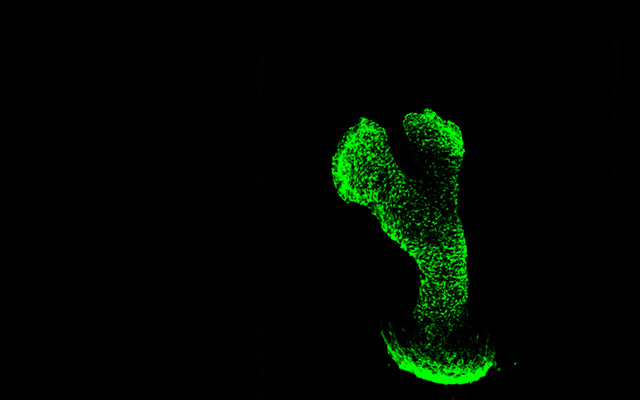Effect of Quercetin on Immune Inflammatory Response in Urticaria Ratsby Regulating the JAK2/STAT3 Signaling Pathway
LI Qiong1, ZHANG Shasha2*
This study aims to investigate the effects of Que (quercetin) on the immune inflammatory response and JAK2/STAT3 (Janus kinase 2/signal transducer and activator of transcription 3) signaling pathway in urticaria rats. A urticaria rat model was established and all experimental rats were divided into a Control group, a model group (Urticaria group), low and high-dose quercetin groups (Que-L, Que-H groups), and a high-dose quercetin+JAK2/STAT3 signaling pathway activator group (Que-H+Colivelin group); a ruler was used to measure the diameter of the blue spot on the skin of rats; flow cytometry was applied to detect Th1 and Th2 levels; ELISA method was applied to detect serum levels of inflammatory factors such as IL-4 (interleukin-4) and IFN-γ (γ-interferon), and serum immune indicator IgE level; toluidine blue staining method was applied to observe the degranulation changes of skin mast cells; HE staining was applied to observe skin pathological changes; Western blot was applied to detect the expression levels of JAK2, p-JAK2, STAT3, and p-STAT3. The skin cell structure of the Urticaria group was disordered compared to the Control group, with swelling in the intercellular spaces, infiltration of a large number of inflammatory cells, obvious increase in mast cells, aggravation of degranulation, obvious tissue edema, and an increase in the diameter of the blue spot on the back skin, the proportion of Th1 lymphocytes and the level of IFN-γ decreased, the proportion of Th2 lymphocytes, the levels of IL-4, IgE, and the expression of p-JAK2/JAK2, p-STAT3/STAT3 elevated (P<0.05); the skin cell structure of the Que-L and Que-H groups was relatively orderly arranged compared to the Urticaria group, and the swelling of intercellular spaces and infiltration of inflammatory cells were reduced in sequence, mast cells were obviously reduced, degranulation was alleviated, and the diameter of the blue spot on the back skin was reduced in sequence, the proportion of Th1 lymphocytes and the level of IFN-γ increased, the proportion of Th2 lymphocytes, the levels of IL-4, IgE, and the expression of p-JAK2/JAK2, p-STAT3/STAT3 reduced (P<0.05); compared with the Que-H group, the Que-H+Colivelin group showed more severe disorder in skin cell structure, swelling of intercellular spaces, increased infiltration of inflammatory cells, obvious increase in mast cells, aggravated degranulation, obvious tissue edema, and increased diameter of blue patches on the back skin, the proportion of Th1 lymphocytes and the level of IFN-γ decreased, the proportion of Th2 lymphocytes, the levels of IL-4, IgE, and the expression of p-JAK2/JAK2, p-STAT3/STAT3 increased (P<0.05). Quercetin can alleviate the immune inflammatory response in urticaria rats, and its mechanism is related to the inhibition of the JAK2/STAT3 signaling pathway.




 CN
CN EN
EN